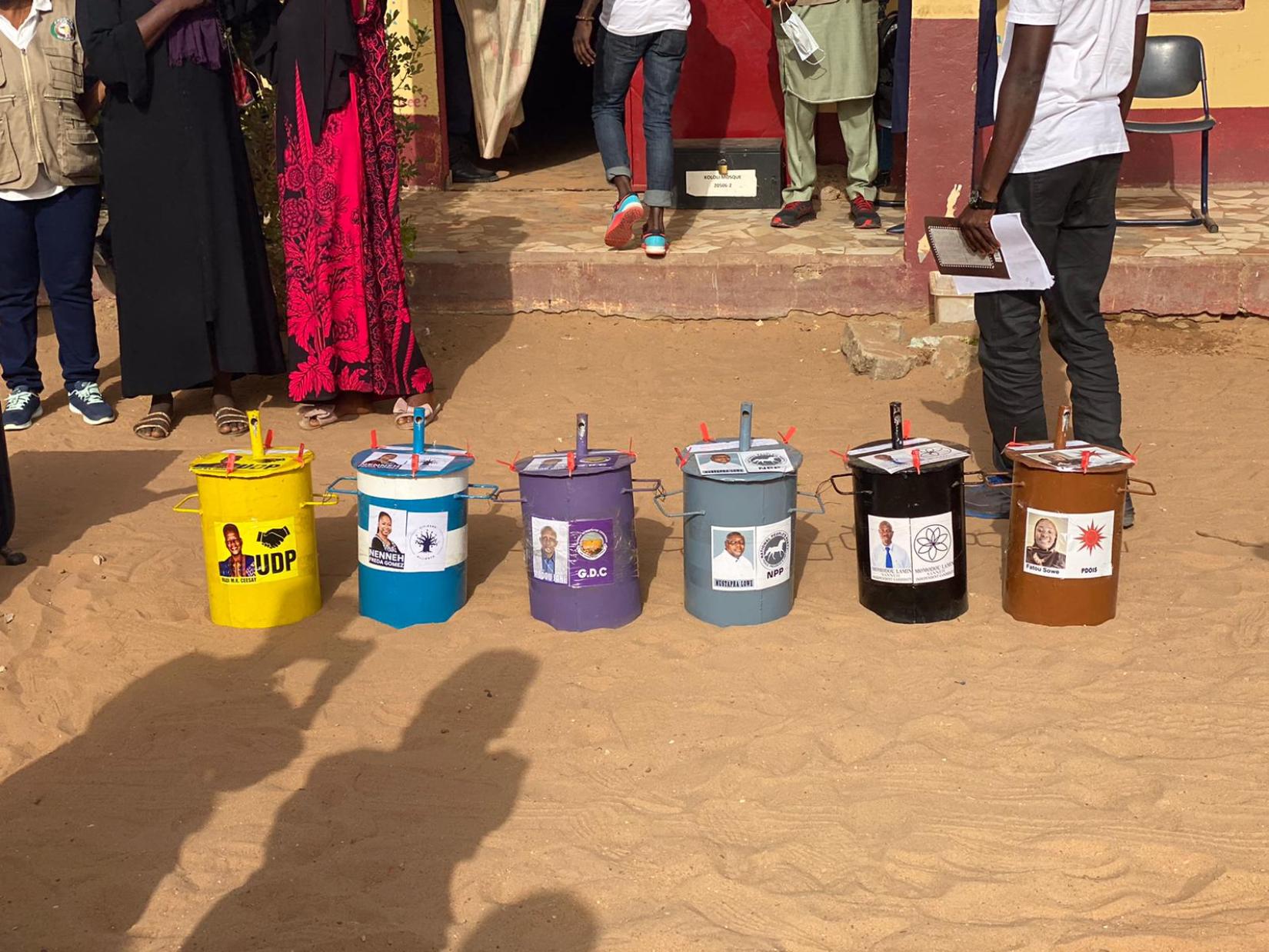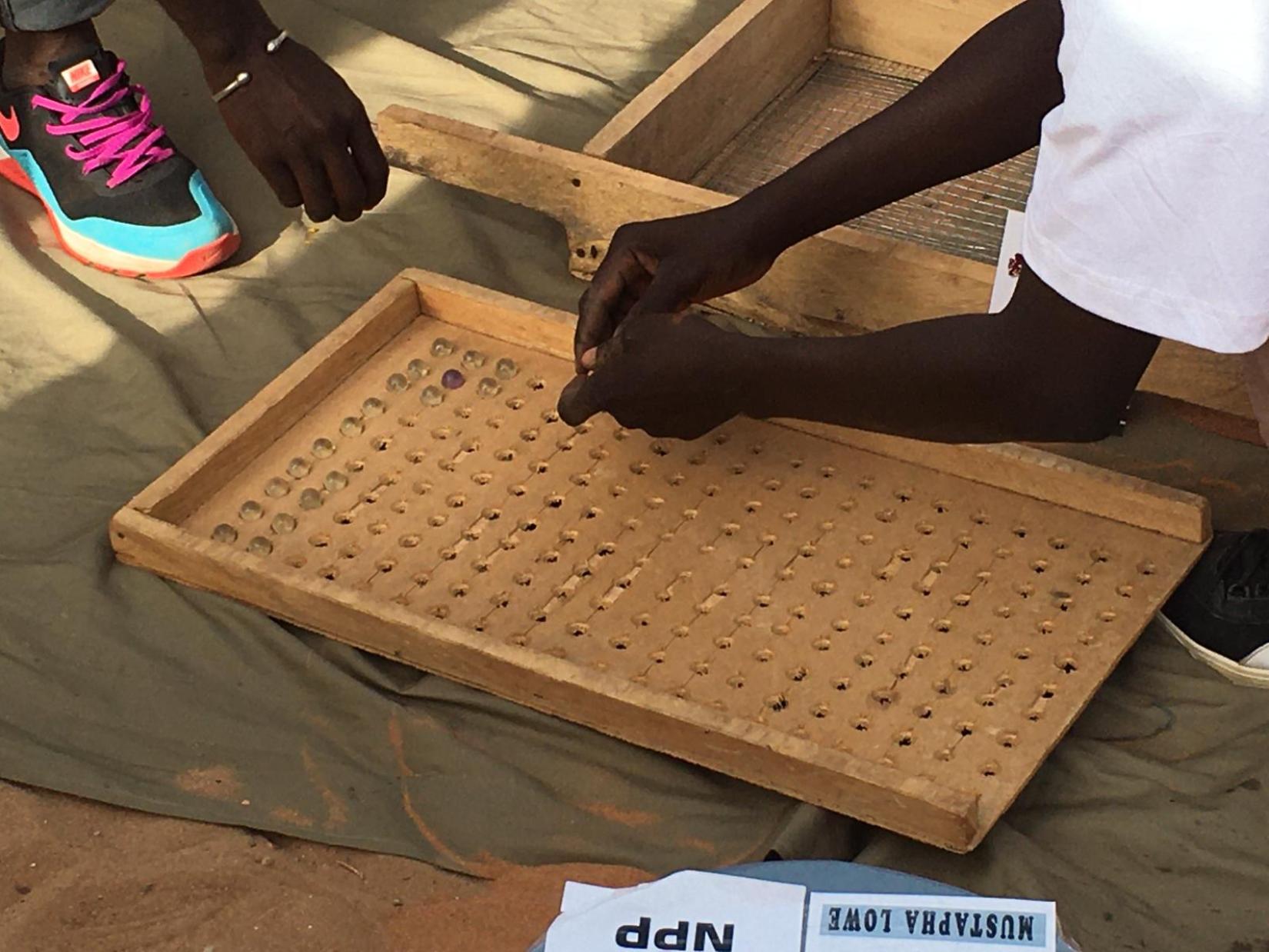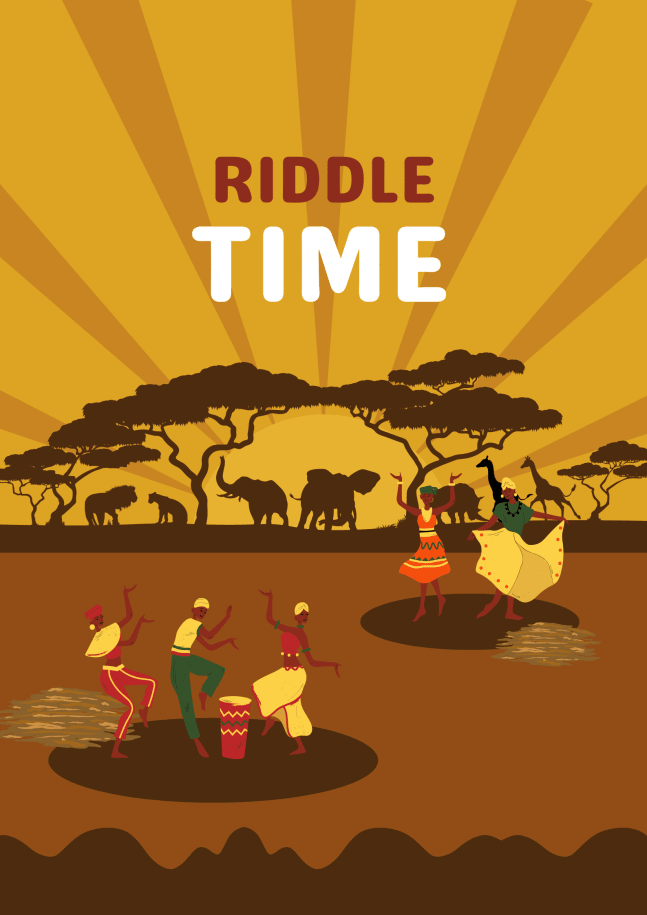When the British left The Gambia, one of the major things they left the natives with, was a very high illiteracy rate.
At a rate higher than 80%, most of the country was unqualified to participate in basic political processes such as voting.
At least according to the "experts".
That they couldn't read and write, effectively meant that they couldn't use a ballot paper.
Would that mean, then, that they shouldn't have been allowed to vote?
Well, self-proclaimed intellectuals who are proponents of a system of government best known as 'noocracy' (where all decisions are made by the wise) would obviously say that they shouldn't.
Their reasoning? That the illiterate people are too uneducated to understand what it takes to be a leader.
Well, the Gambians didn't take this path post-independence, but instead, decided to be more inclusive. I mean, why deny people a chance to vote for leaders whose impact would directly affect them, right?
To accommodate them, they decided to do away with the ballot papers system and find another medium through which people could vote. The solution? Marbles!
So, what happens at the polling station?
There are several drums (depending on the number of candidates there are in the elections), and each drum is painted with the colours of the candidate's political party, as well as having a huge photo of the candidate.
The drum is tightly sealed and has a small pipe at the top through which voters insert the marble into the drum.
When the marble drops into the drum, it produces a chime, similar to the sound of a bell ringing, confirming that the vote has been cast.

Photo Credit: © UN-Gambia/Alexia
During the vote counting, the presiding official breaks the seal from the drum and then arranges the marbles into special counting trays (with either 200 holes or 500 holes). The polling and counting agents as well as observers confirm the counted marbles and filled trays, which are then recorded on the counting form and the figure is added up at the collation centre.

Photo Credit: © UN-Gambia/Alexia
The system has been adopted and used to date because of its numerous advantages, which are:
- It is easier for illiterate people to cast their vote since the voting system is straightforward. They just have to cast the marble into the drum of the candidate of their choice.
- It is impossible to rig. The purpose why the drums have a bell, is so that the officials outside can know when a single vote has been cast. If the bell rings twice, then it means that a voter has voted twice.
- It is easier to count votes. Since they are using trays, once they arrange the marbles onto the tray, they can know exactly how many votes those are. This is faster than tallying ballots.
- The voting 'technology' is cheap. All they need is marbles, drums and trays, all of which are made locally, and are re-used after every election.
Looking at these advantages, then, one is obliged to say that their voting system is almost better than using ballot papers (for a third-world country).
According to The Gambia's Independent Electoral Commission, the electoral system, which has been in place for over 60 years, is second to none in terms of credibility, transparency and fairness.
▶️ Watch: Gambian Voting System
I mean, Kenya's electoral body, the Independent Electoral & Boundaries Commission (IEBC) just mentioned that it'll cost them Ksh 61 billion to conduct the 2027 General Elections.
This is a lot of money, honestly. But Gambia, through its marble voting system, has successfully evaded all these costs.
Maybe we should all adopt it, right?
Join the Lughayangu Community!


